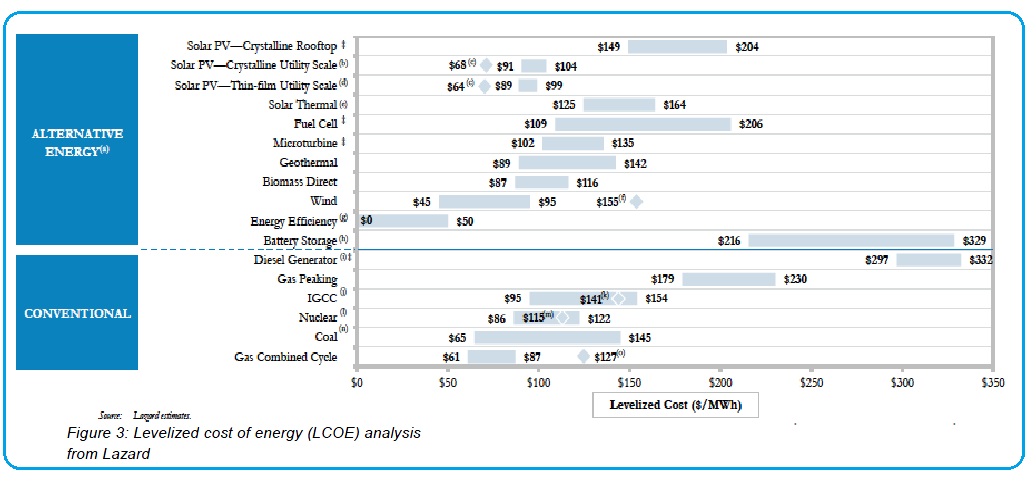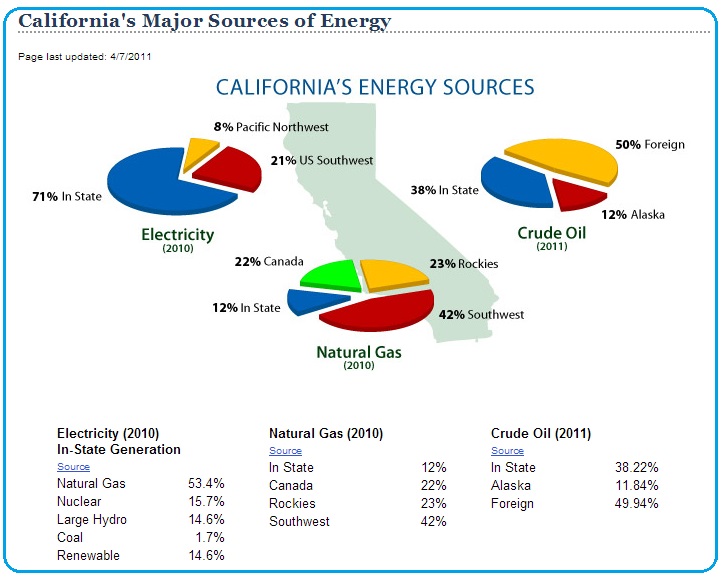Dear Windpower Engineering & Development:
[This is in response to recent legislation, Ohio Senate Bill 310, that put the Ohio RES on hold for two years and set back the state’s wind industry by many more.]Oh my! There are politicians in Ohio who actually have the courage to ask, “What cost to consumers [do] these politically mandated renewable energy developments [impose?]” This is in regard to the comment: “while a committee evaluates the costs and benefits of keeping the standards”
I have attended many IEEE meetings that usually a draw good number of members and non-members when renewable-energy development is the topic. And in 99.9% of these presentations, the cost of renewable energy per kilowatt-hours [kWh] versus other traditional sources is never mentioned. It must be a deep dark secret, foisted on tax (rate?) payers.
I’m really pleased to see some level-headed legislation has surfaced in Ohio.
Regulated electric utility rates are through the roof in California! During the summer season, our tier 3 peak rate is north of 50 cents/kWh. Thank you (dysfunctional) California state legislators.
– Greg Rauch
Mr. Rauch:
Thanks for your good comments. You are absolutely right in that the cost of power and related issues such as transmission are too often ignored and unreported. Cost say a lot about any project. One of economist Milton Friedman’s favorite questions was, At what cost?
You say the peak rate for power in California is more than $0.50/kWh. That is indeed high and you rightly put your finger on the source of the problem: dysfunctional state regulators.
To blame the wind industry, however, lets your good aim fall off the mark. Surveys from third party organizations such as the financial advisory and asset management firm Lazard (www.lazard.com) show that the cost of wind power has been falling for the last few years due to improved turbines and siting skills.
The chart provides some insight into costs, and there is every reason to believe that the cost of wind generated power will continue downward as turbines further improve.
The question to ask is why does power cost so much in California? Part of the answer lies in time-of-day pricing, higher costs for high demand periods.
Ohio has no such tiered pricing so its power cost is $0.063/kWh all day long. Transmission adds another $0.062, so the full cost is about $0.125/kWh. There are two nuclear reactors in northern Ohio, several coal fired plants here and there, and about 300 MW of wind in the western part of the state.
I would think that it should cost no more to generate power in Ohio than it does in California. So why the price differential?
I suspect it lies in supply and demand. State regulators refuse to understand that the law of supply and demand is always in effect and cannot be revoked. When demand exceeds supply, prices rise but costs do not.
You know better than I do the restrictions that the California State government has put on energy production. The San Onofre nuclear plant in LA is shutdown, as I recall, and the regulators allow hydraulic fracturing in only about 10 counties. If the wells are productive, they will provide an inexpensive source of natural gas. Lastly, some power is bought from out-of-state sources, and some of that on the costly spot market because of an inability to plan. If other readers can provide insight into California’s high electric power costs, please share.
In contrast, wind power is unaffected by fluctuating fuel costs, and so will provide power at predictable costs year after year. Power purchase agreements with wind farms are often 20-year contracts. That stability is unknown in the nuclear, coal, or natural gas industries.
Essentially, state regulators are shooting their citizens in their collective feet. I found this illustration online, but it’s from 2011 and deserves an update:
So now in Ohio with the renewable energy industry on hold, there is no further downward pressure on electric rates, and First Energy, our utility, (Fun fact: First Energy CEO Anthony J. Alexander is the highest paid utility chief in the U.S. $11.7 million) will finagle ways to raise our costs too.
You have every right to be indignant, Mr. Rauch, but the wind industry is every electric rate payers ally, not their enemy.
–Paul Dvorak
Filed Under: News, Policy






I love windpower. I’m awestruck by the display along 10 thru Indio and up the 14 past Mojave and Tehachapi. I get the feeling much like I did first seeing the Statue of Liberty for the first time — even more so. It’s a signature of the effort of man, attempting to make existence on the planet a little more in harmony with nature. It’s a promulgation of resourcefulness; an example of man’s forward thinking and creativity. I just LOVE it now!